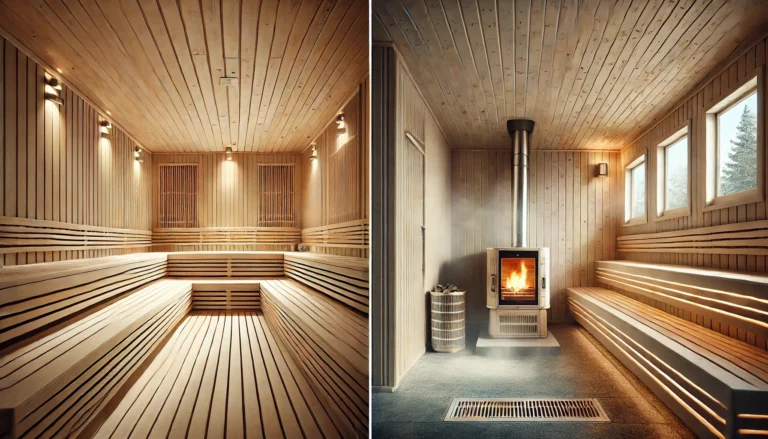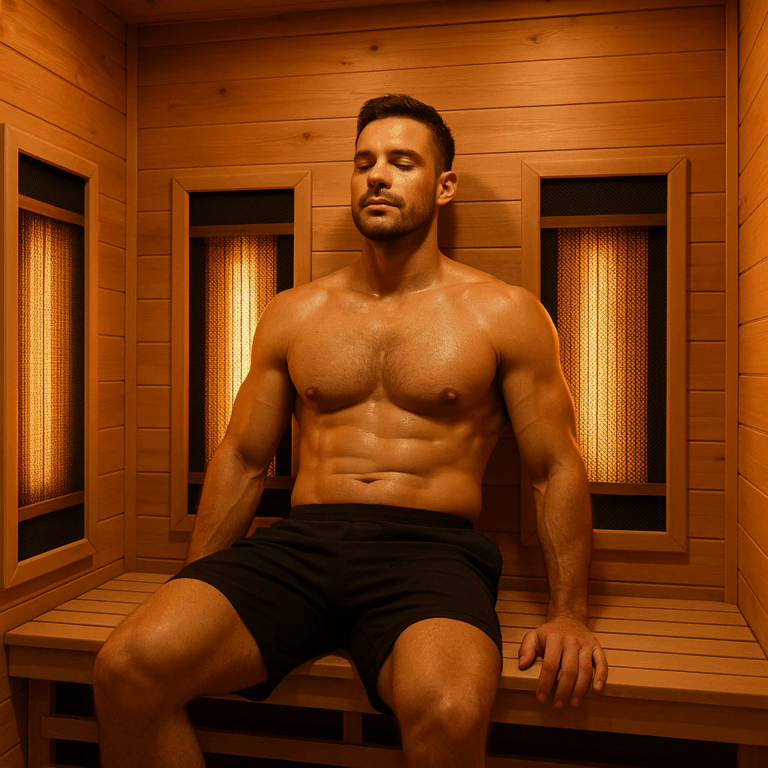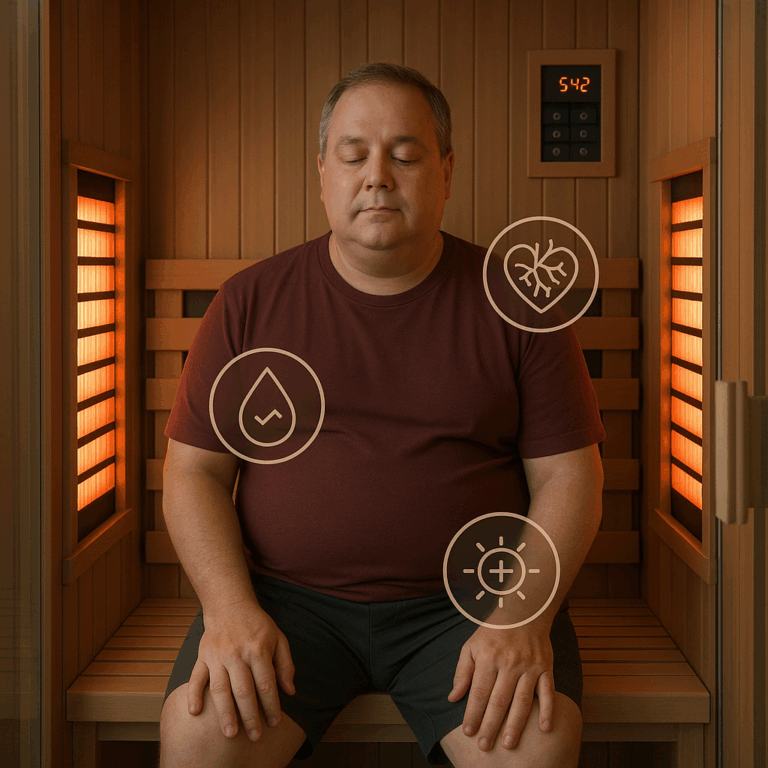
Regular maintenance is essential to preserve the performance, safety, and longevity of your sauna. Whether you own a traditional Finnish model or an advanced infrared system, neglecting proper care can lead to premature material degradation, heater malfunction, and unhygienic conditions. This article outlines the critical steps for maintaining your sauna with precision, helping both residential and commercial owners optimize functionality and lifespan.
Wood Surfaces and Structural Care
The interior wood of a sauna—typically Canadian Hemlock, Nordic Spruce, or Cedar—is exposed to high temperatures and frequent moisture. This makes it vulnerable to discoloration, cracking, and microbial growth without proper care.
Best Practices for Wood Maintenance:
- Avoid harsh cleaners. Use only warm water and mild, non-abrasive, non-toxic soap.
- Clean benches and walls weekly with a soft brush to remove sweat stains and oils.
- Light sanding every 6–12 months can refresh the surface and remove minor staining.
- Leave doors open after use to reduce residual humidity and prevent mold.
Avoid applying any oils, varnishes, or finishes to interior wood. These materials can emit toxic fumes when exposed to high heat.
Heater and Electrical Component Upkeep
Sauna heaters—whether traditional electric or infrared panel-based—are critical components and must be inspected regularly.
Heater Maintenance Checklist:
- Visual inspection monthly for signs of corrosion, mineral buildup, or wiring damage.
- Check sauna stones (in traditional models) every 3–6 months. Cracked or crumbling stones should be replaced to ensure even heat distribution.
- Infrared panel surfaces should be wiped down periodically with a dry cloth to remove dust.
- Inspect control panels for error codes or signal lag. Contact the manufacturer for firmware updates when applicable.
Any electrical issues should be addressed by a licensed electrician to prevent safety risks or damage to internal systems.
Ventilation and Air Quality Management
Proper airflow prevents mold, bacteria, and wood warping. A poorly ventilated sauna creates an environment conducive to microbial growth and reduces heater efficiency.
Optimize Ventilation By:
- Ensuring both an air intake (low on one wall) and exhaust vent (high on the opposite wall).
- Keeping vents unobstructed at all times.
- Installing a humidity monitor for ongoing tracking in commercial settings.
For infrared saunas, air exchange is still critical even without steam. Consider integrating an exhaust fan or natural ventilation outlet, especially in enclosed indoor installations.
Moisture and Mold Prevention
Moisture is inevitable in any heat therapy unit, but unmanaged humidity leads to structural degradation and health risks.
Best Moisture Control Strategies:
- Always towel off before entering to reduce sweat and oils.
- Place removable mats or towels on benches to absorb moisture.
- After each session, leave the door open and allow the interior to dry completely.
- Perform a deep clean monthly, including behind benches and under floorboards if accessible.
Commercial units may benefit from UV sterilization systems or ozone-based purifiers to further control microbial load.
Cleaning Frequency Guidelines
| Task | Frequency |
|---|---|
| Wipe benches and walls | After each use |
| Sweep/vacuum floor | Weekly |
| Deep clean (walls, benches) | Monthly |
| Sanding wood | Every 6–12 months |
| Inspect heater and panels | Monthly |
| Replace sauna stones | Every 6 months |
Exterior and Door Maintenance
The external structure also needs care, especially for outdoor models exposed to the elements.
- Clean exterior wood every few months with a soft brush and warm water.
- Inspect weather stripping on doors for wear and replace if air is escaping.
- For outdoor saunas, reapply exterior sealants (non-toxic) annually to protect against UV and moisture.
Best Products for Sauna Maintenance
Recommended Cleaning Supplies:
- Mild organic soap (unscented)
- Soft-bristle brush
- Microfiber cloths
- Sandpaper (180–220 grit)
- Hygrometer or humidity sensor
- Dedicated sauna cleaning kits (avoid citrus or harsh solvents)
Never use chemical disinfectants, bleach, or ammonia-based products inside the sauna. These can emit toxic vapors when heated and damage the wood.
Commercial Sauna Considerations
If operating a sauna in a business or gym environment, implement a structured maintenance protocol:
- Log all cleaning and inspection activities.
- Train staff on safe heater operation and electrical awareness.
- Schedule quarterly inspections by a professional technician.
- Ensure all maintenance complies with local health codes and warranty terms.
Neglecting commercial sauna upkeep can lead to fines, user complaints, and permanent damage to high-cost components.
Long-Term Benefits of Proper Maintenance
Proactive care extends your sauna’s lifespan by years and ensures you retain:
- Consistent heating performance
- Hygienic, mold-free surfaces
- Safe electrical operation
- Preserved structural integrity
A well-maintained sauna not only delivers health benefits, but also retains resale value and ensures safe use over time.






